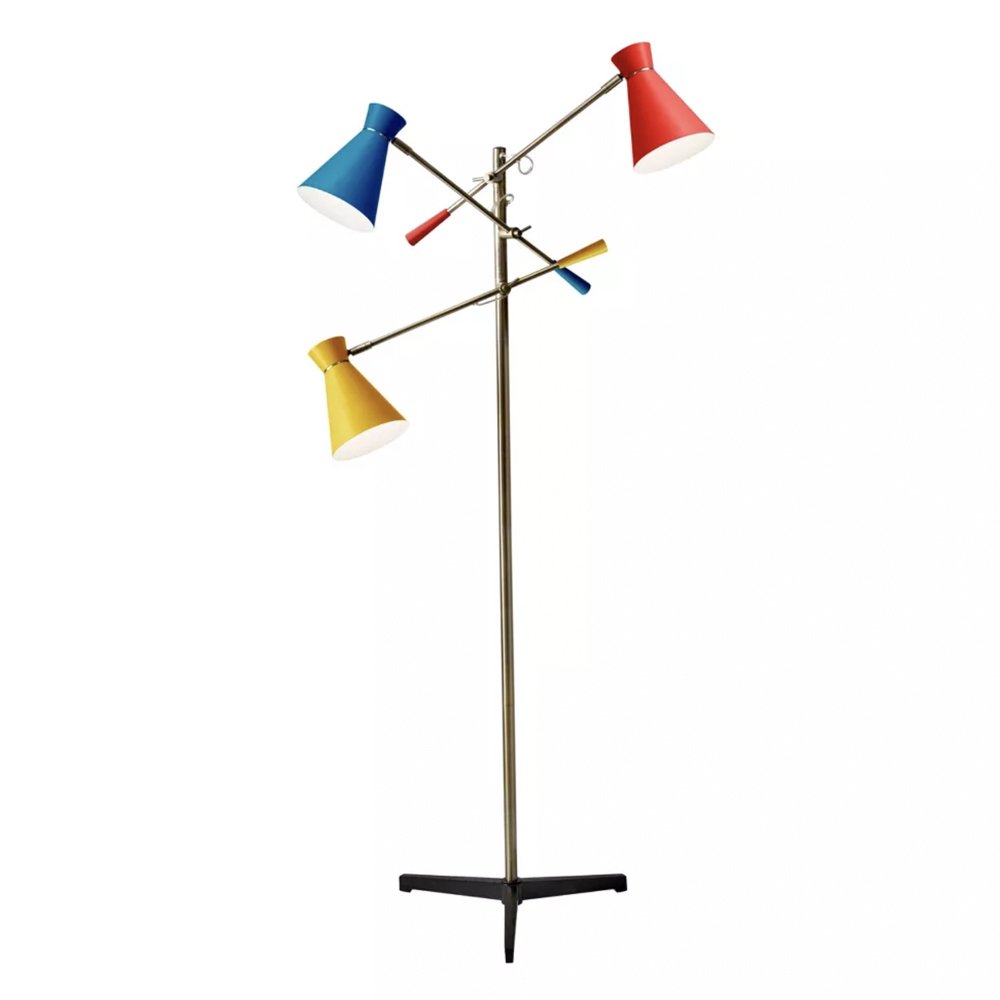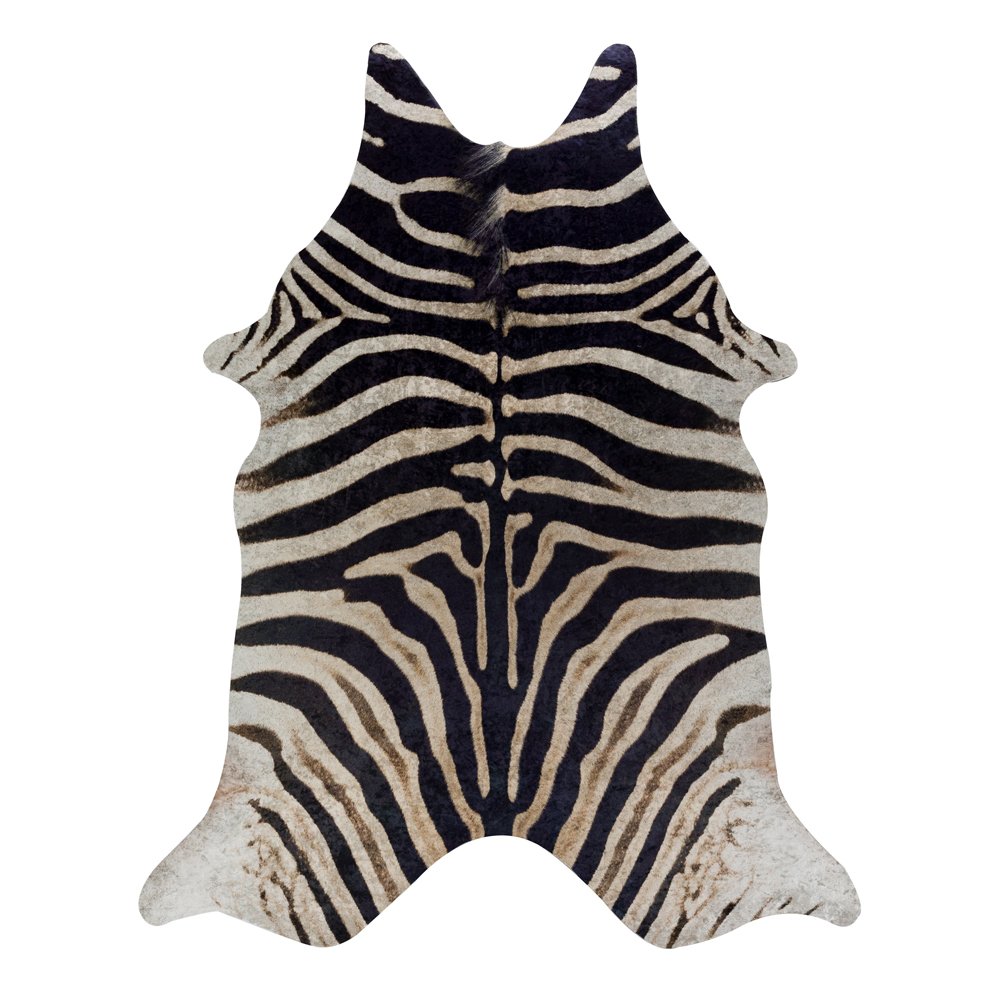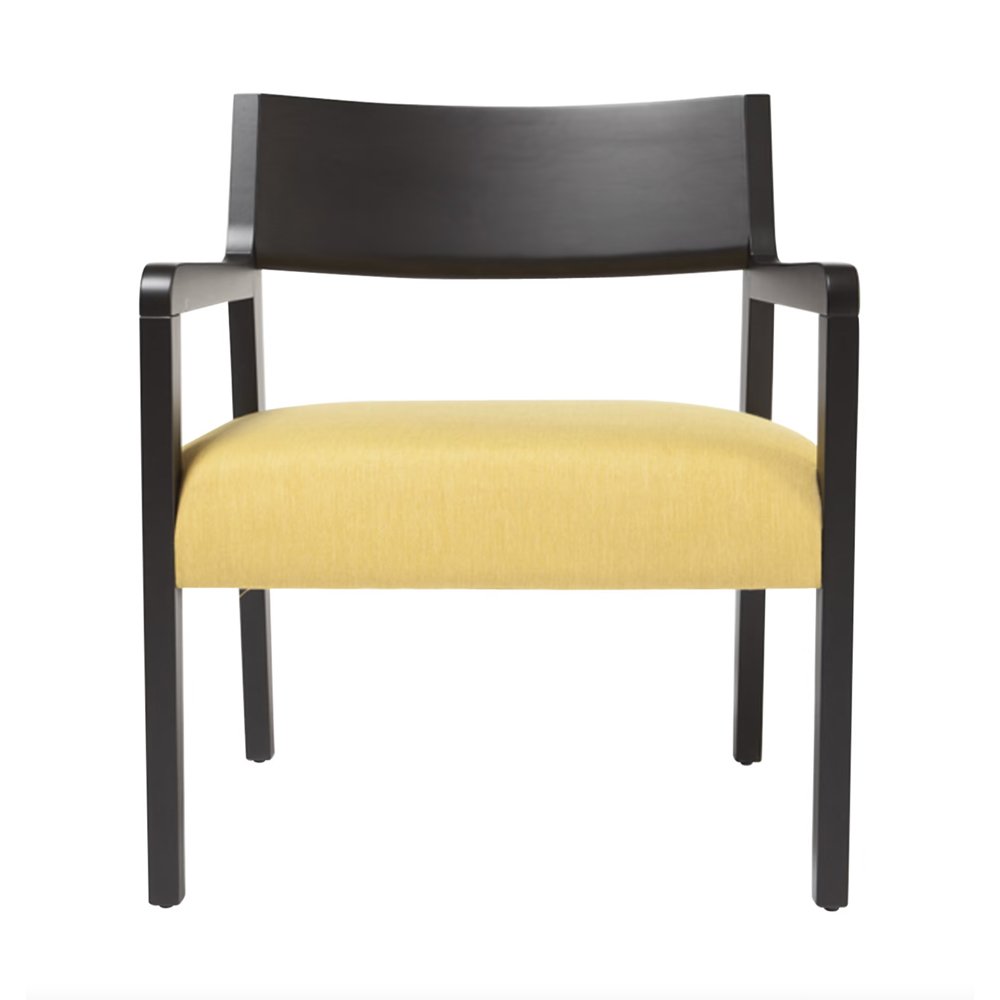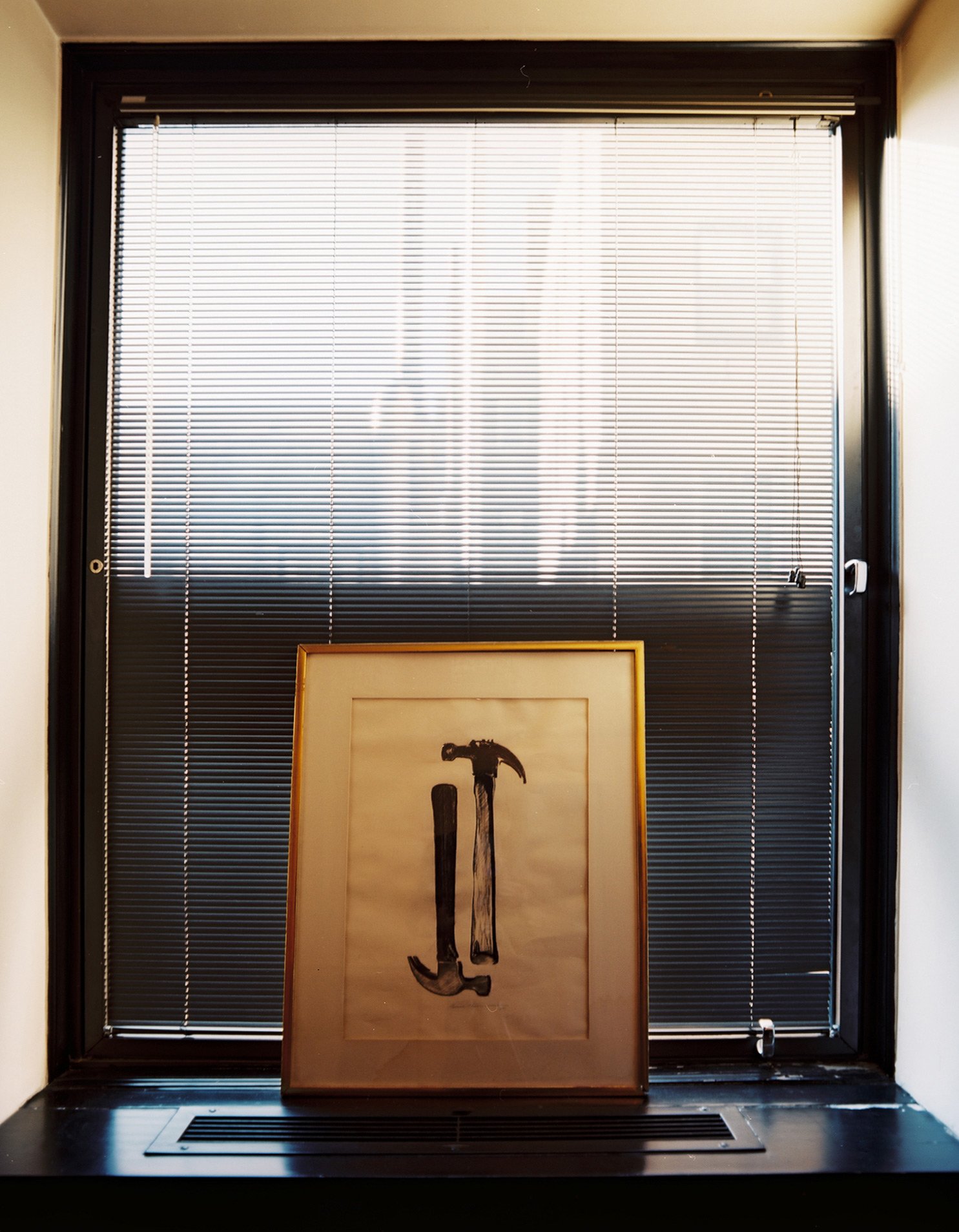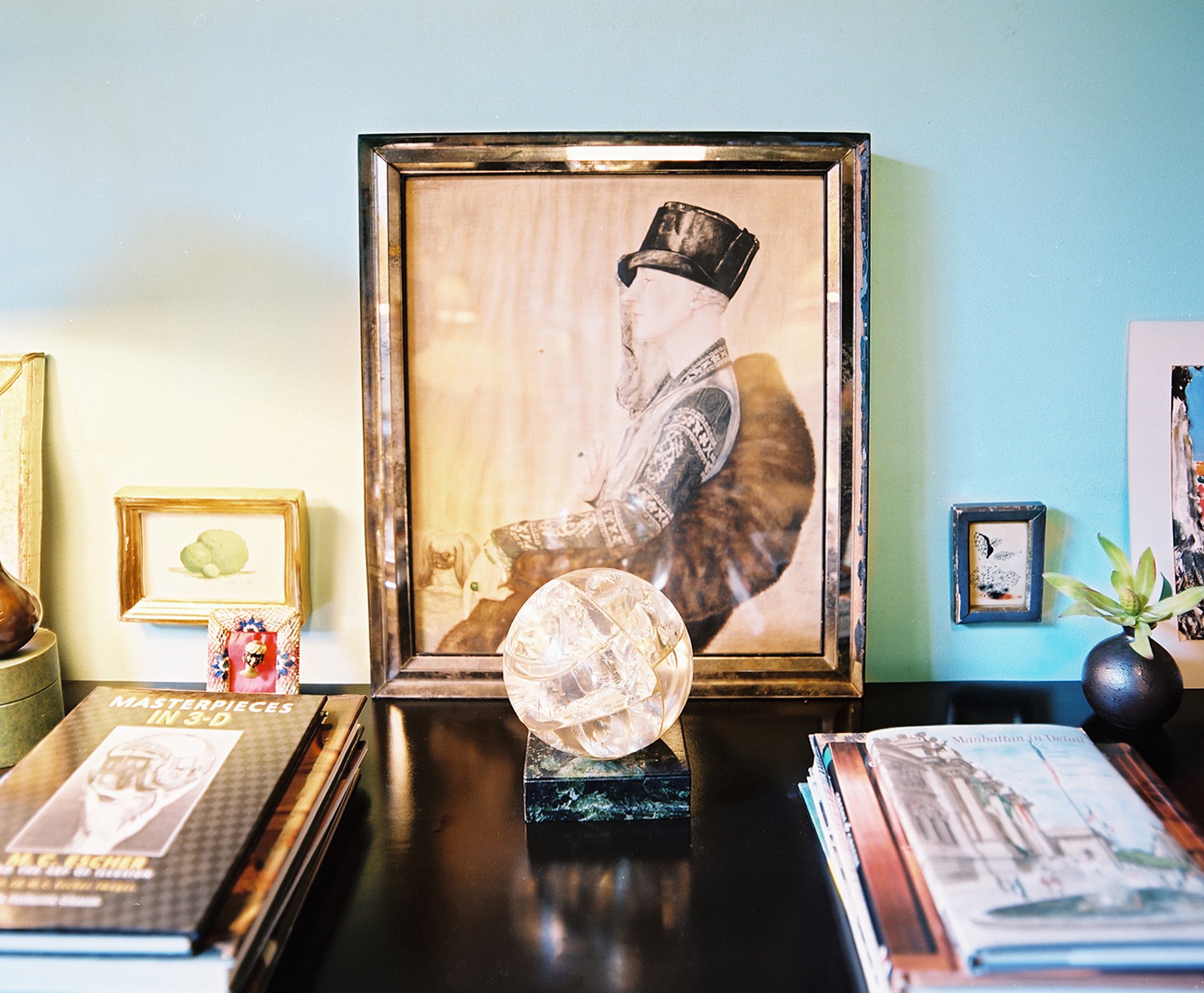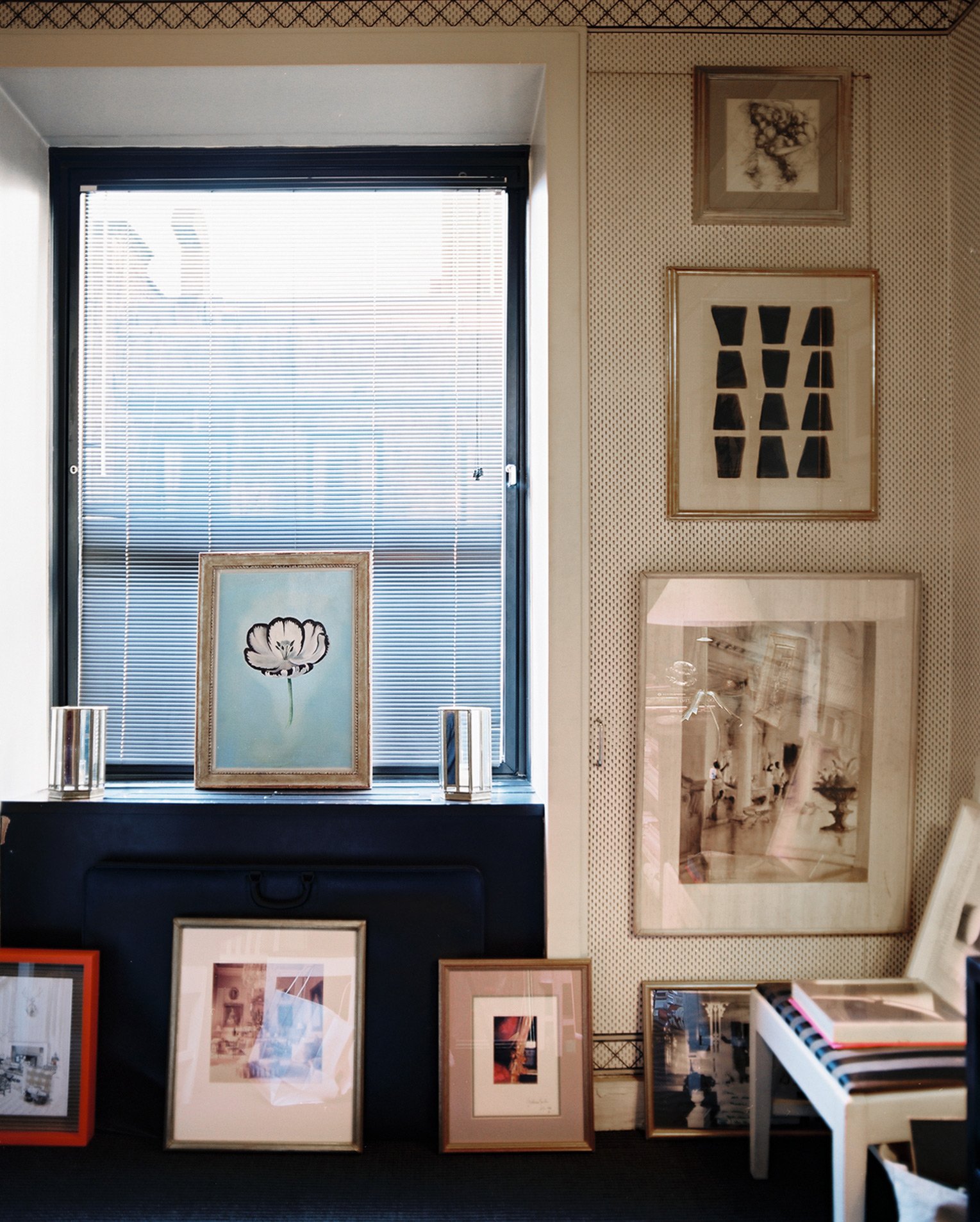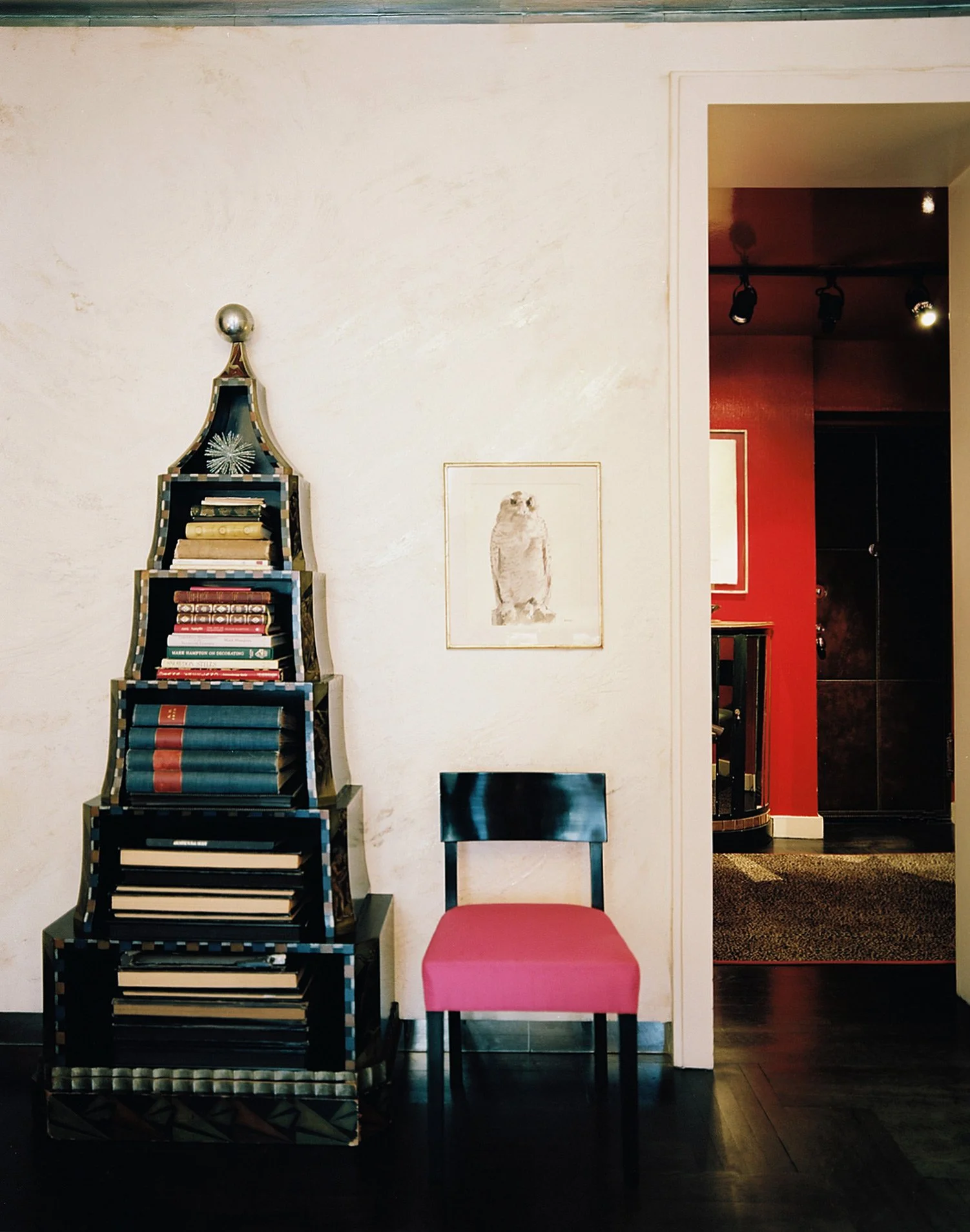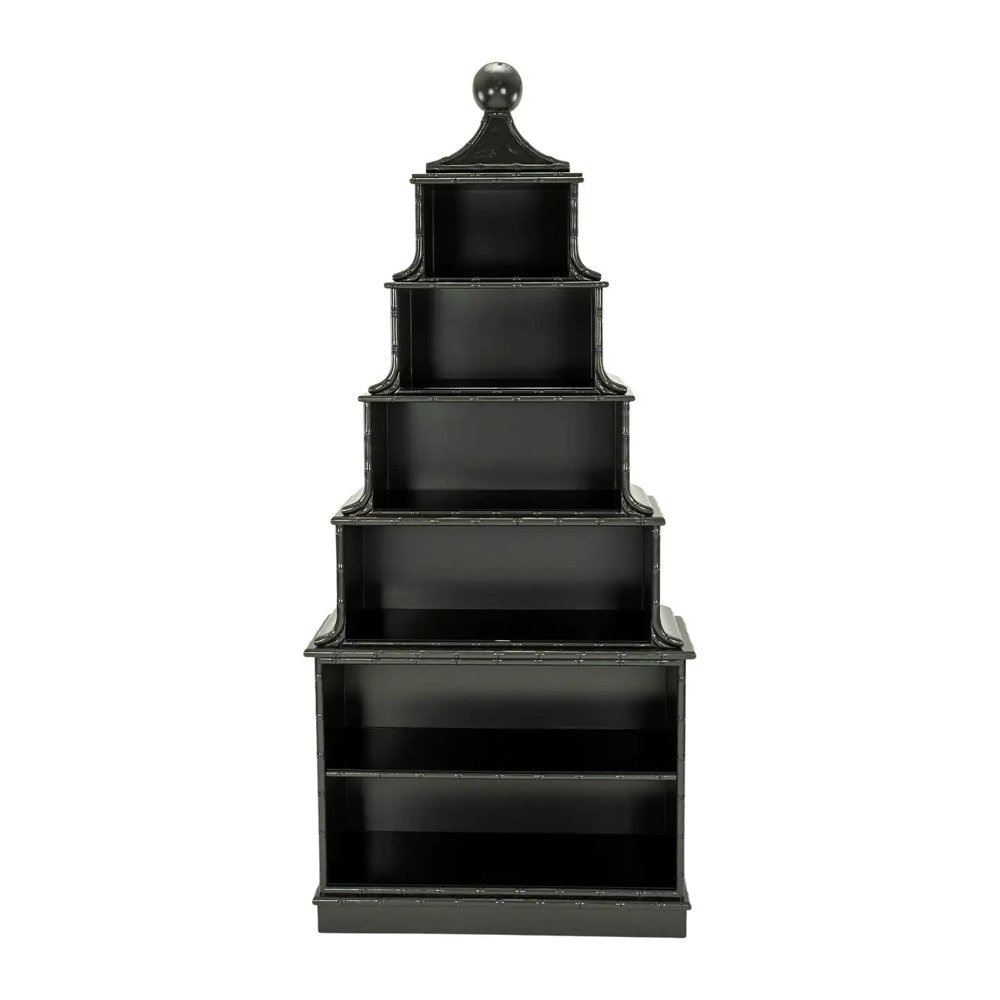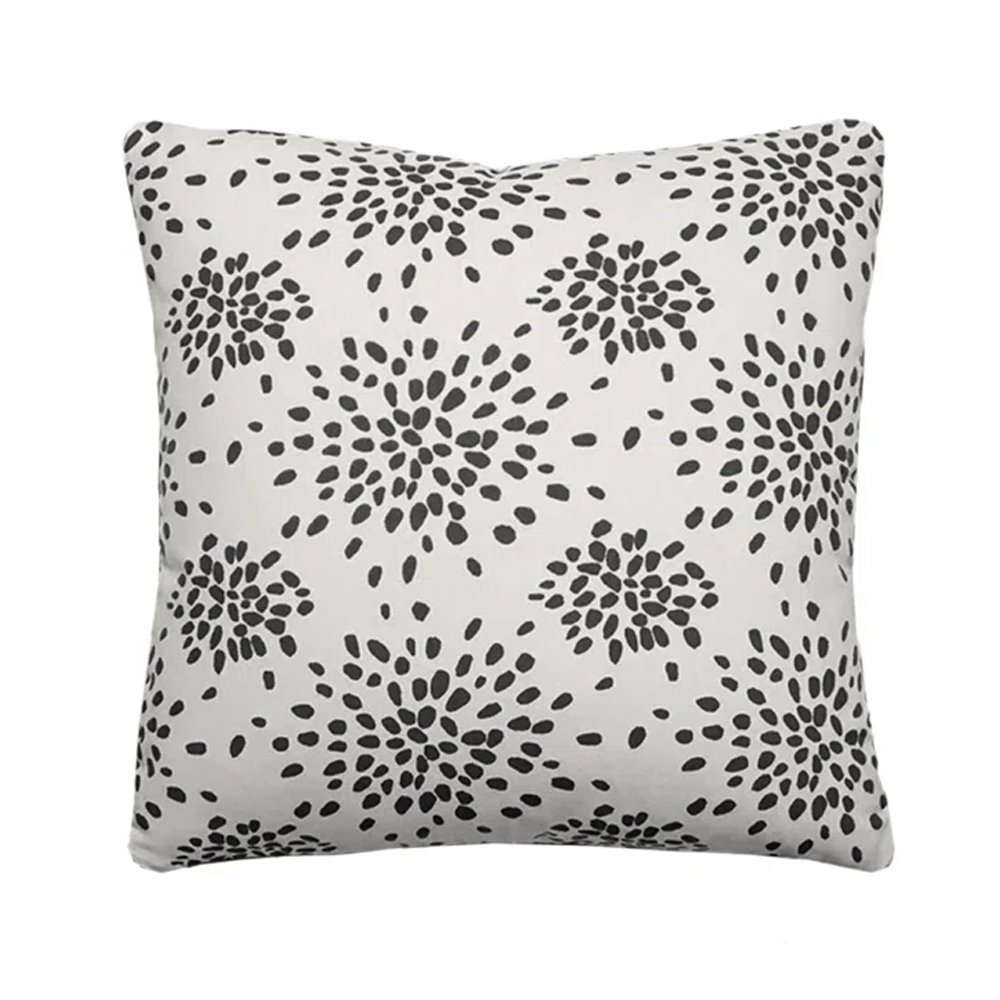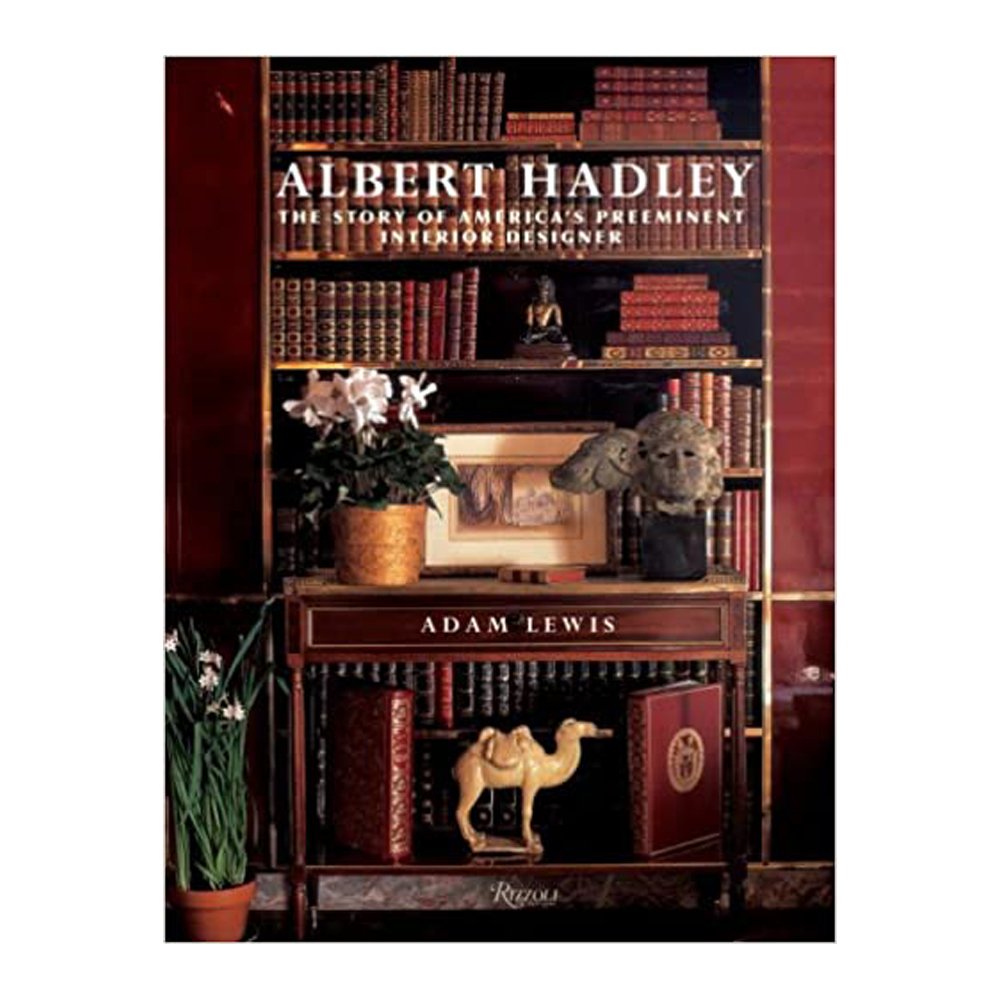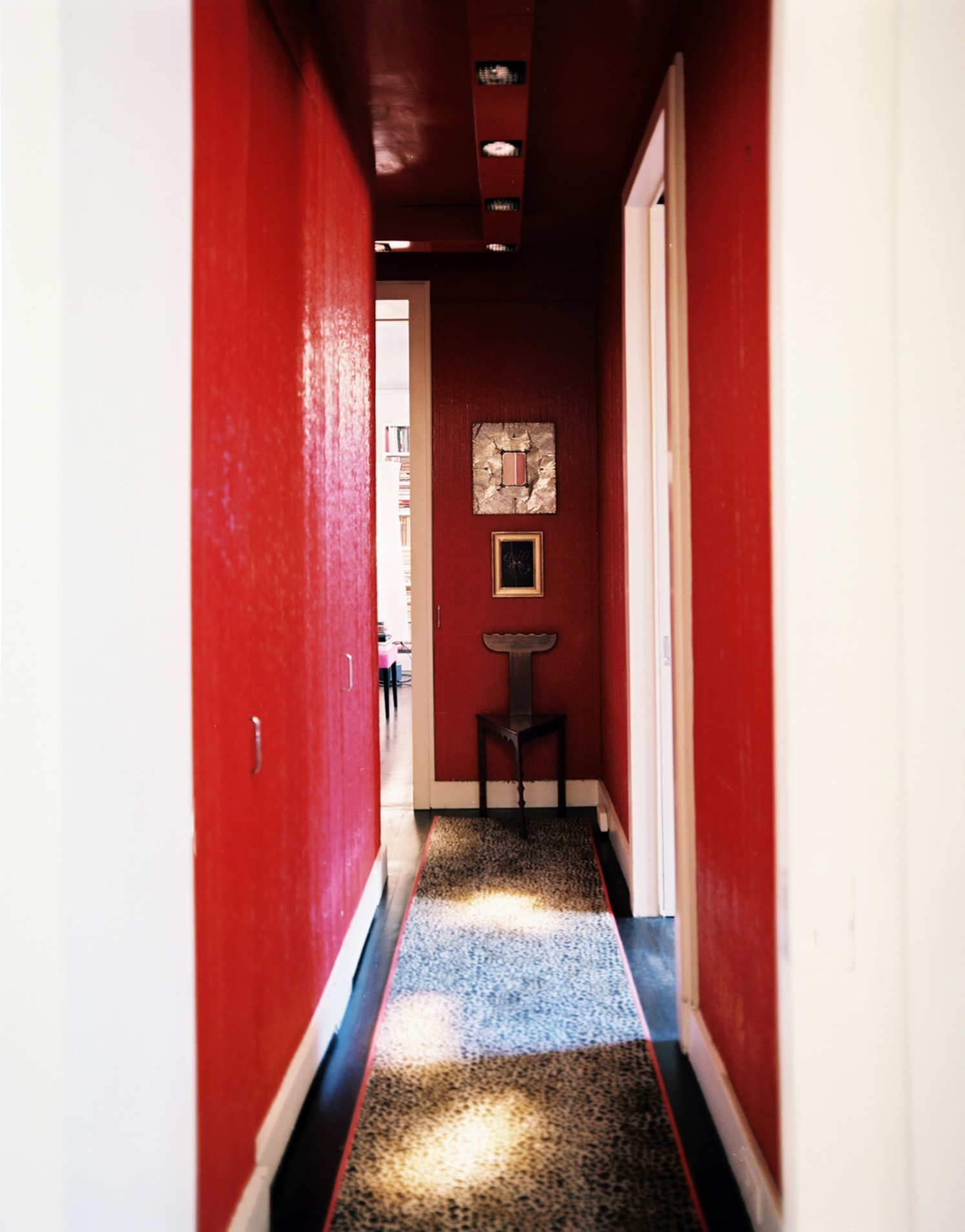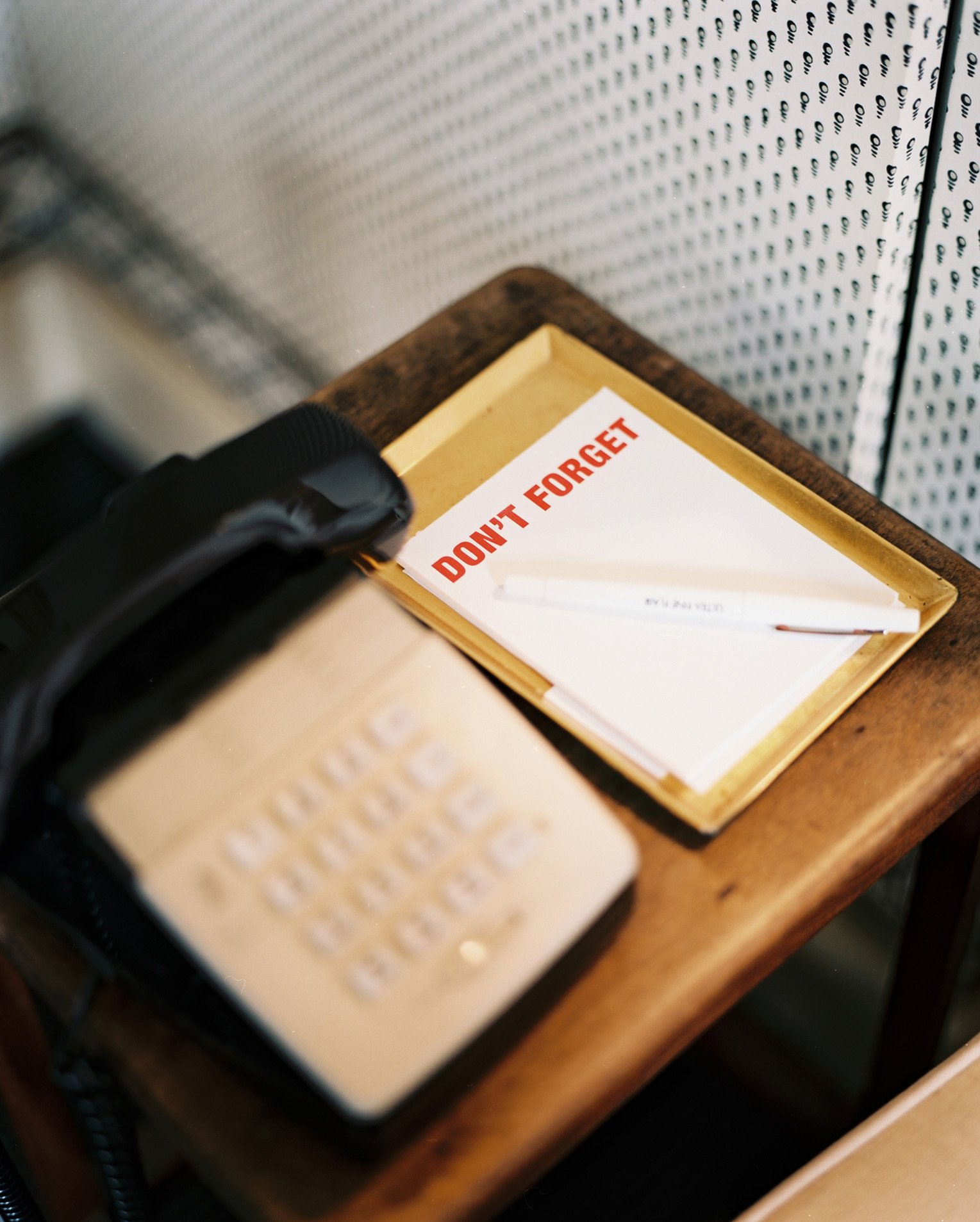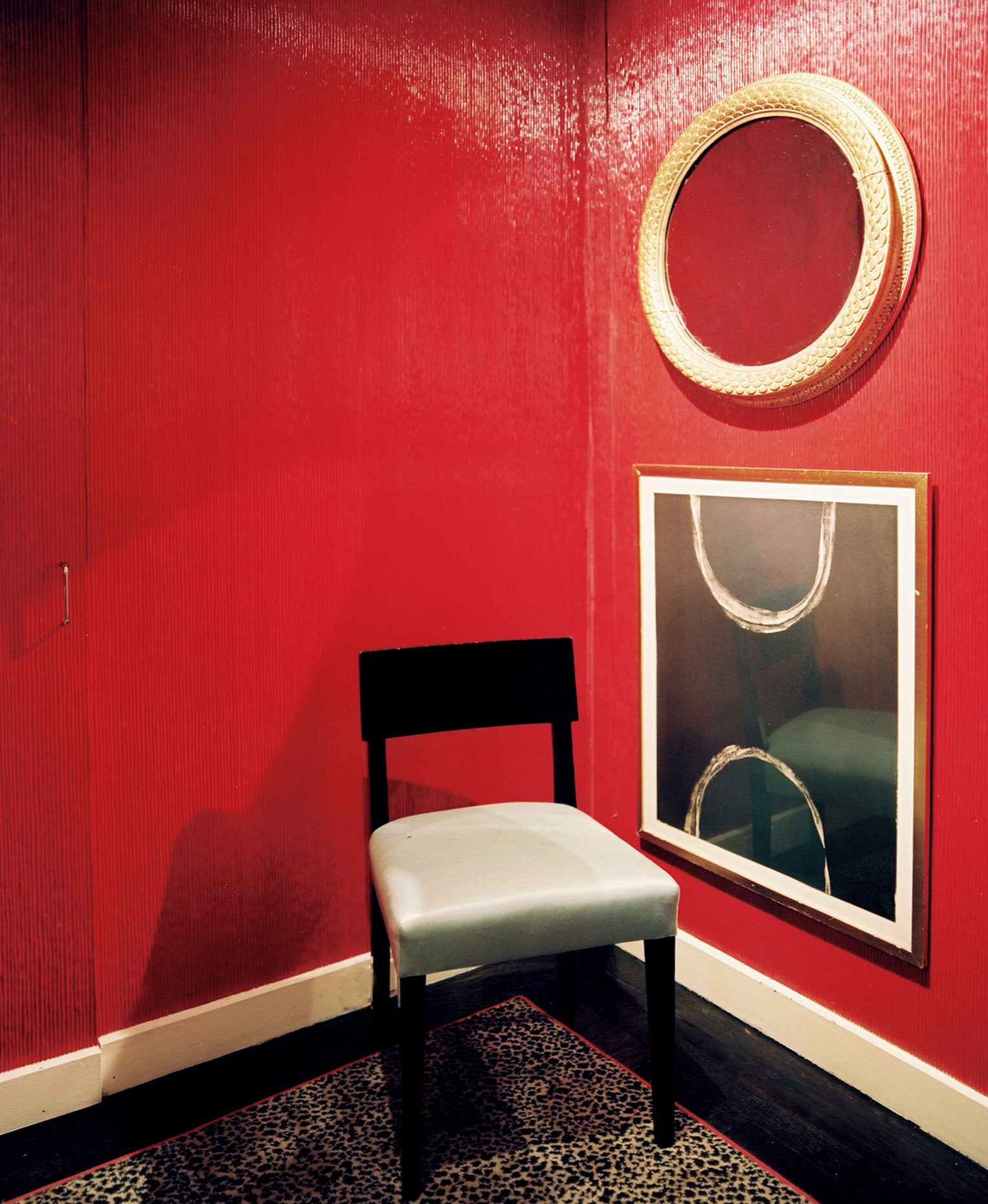A Gentleman's Quarters

Written by Robert Leleux | Photographed by Patrick Cline | Produced and Art Directed by Michelle Adams
Our product recommendations may include items from our sponsors and/or contain affiliate links, which means we may earn a commission when purchases are made. Rest assured, every item is genuinely chosen by our editorial team.
FROM OUR ARCHIVES
As Albert Hadley closes the doors to Albert Hadley Inc, Lonny celebrates his career with an intimate look inside his home.
Albert Hadley in his fabled apartment on Manhattan’s Upper East Side. The paint on his living room walls was mixed with glitter to provide a subtle variation in color.
Entering Albert Hadley's Upper East Side apartment amounts to crossing into another, better, New York-into the dazzling fantasy of Manhattan that lures so many thousands of young people to the city with visions of glamorous parties and scintillating talk. Hadley, of course, needs no introduction. Along with his late business partner, the blue-blooded Sister Parish, he designed some of the most glorious rooms ever to grace the nation's residences, like Babe Paley's "taxicab yellow" drawing room and Brooke Astor's oxblood-red library. He helped decorate: the Kennedy White House, as well as Greentree, the Whitneys' Gatsbyesque estate on eastern Long Island. Hadley and Parish are the only two interior designers whose work is on permanent display at the Smithsonian Institution, having elevated interior design into something of lasting national importance. But more impressive than any of these accomplishments, Hadley's talent has permeated the culture to such a remarkable degree that his influence is unavoid- able. Aside from the innumerable trends he set in motion, he is indirectly responsible for some of the most iconic images of American glamour: in the background of many a Richard Avedon, Slim Aarons, or Annie Leibovitz portrait is an Albert Hadley interior.
Vogue editor Diana Vreeland was a friend and colleague of Hadley's, and "the only genius I ever knew” he says. The staff of Parish-Hatley bought this Alexander Liberman painting, which originally belonged to Vreeland, as a gift for Hadley from the 1990 Sotheby's auction of her estate.
Needless to say, Hadley's own apartment is a treasure trove, filled with a lifetime of exquisitely curated art and furnishings. For instance, there's an Art Deco German pyramidal bookcase, and an Alexander Liberman painting that once belonged to celebrated Vogue editor Diana Vreeland. There are sketches by Van Day Truex, Hadley's mentor at Parsons School of Design, and a delicately rendered portrait of Elsie de Wolfe. Hadley is known for producing interiors suggestive of great wealth (Brooke As- tor once drafted Parish-Hadley to decorate her "Money Room"). But while his own apartment is luxurious, it's also intimate, and rife with playful touches. The ceiling of his living room is covered with silver hologram paper, and the faintest glimpse of glitter sparkles through the paint on the room's walls. Bright bursts of Schiaparelli shocking pink, Tiffany blue, and canary yellow recur throughout the apartment, lending spark to its refined palette. The parlor and powder room boast Hadley's own iconic wallpapers. And though the apartment is a fairly modest size, it gives the impression of spaciousness due to the designer's masterful sense of proportion and scale. In every detail, it communicates the wit, warmth, and sophistication of its owner.
The parlor is lined in a wallpaper of Hadley’s design. A Tiffany-blue wall provides a splash of color.
Given his exalted career and social connections, there's really no way for Hadley not to sound grand. For most of his life, he's resided at the apex of high culture, hobnobbing with the rich and mighty, from the Duchess of Windsor to Happy Rockefeller. But despite this, he's an exceptionally kind fellow, with a genteel manner and youthful charm. Hadley's perennial youthfulness has not gone unnoticed. According to biographer Adam Lewis, both Bunny Williams and Mariette Himes Gomez have, rather delightfully, compared him to Peter Pan. He's also known as a veritable philosopher. For Hadley, interior design has always been an intellectual enterprise. "It's about giving form to an idea," he insists. "It's about taking what's inside, and realizing it in the world. But in order to do that, you have to know things. You have to know history and art. You have to read and be curious. In order to live amid beauty, you have to be intellectually engaged. This has nothing to do with shopping for furniture.... That's what's so marvelous about ladies with great style, like Babe Paley and Annette de la Renta. It's not merely the advantage of their background. It's their level of cultivation and connoisseurship. Connoisseurship does not necessarily develop from great wealth."
Hadley’s bedroom is a testimony to his classic sensibility and editorial restraint.
Hadley's own experience is a case in point. He first came to Manhattan in the 1940s, as a World War II veteran from Nashville with little money and few connections. Spending his first nights in New York at the YMCA on W. 63th Street, he was one of those thousands of young people drawn to the city by a dream. Now, almost 70 years later, Hadley is still a young person with a dream, who has, to a remarkable degree, remade much of what's most beautiful about Manhattan according to his own vision and style. "Decorating is not about...making pretty pictures for the magazines," he told Adam Lewis. "It's really about creating a quality of life, a beauty that nourishes the soul."
The powder room, covered in one of Hadley’s iconic wallpaper patterns.




